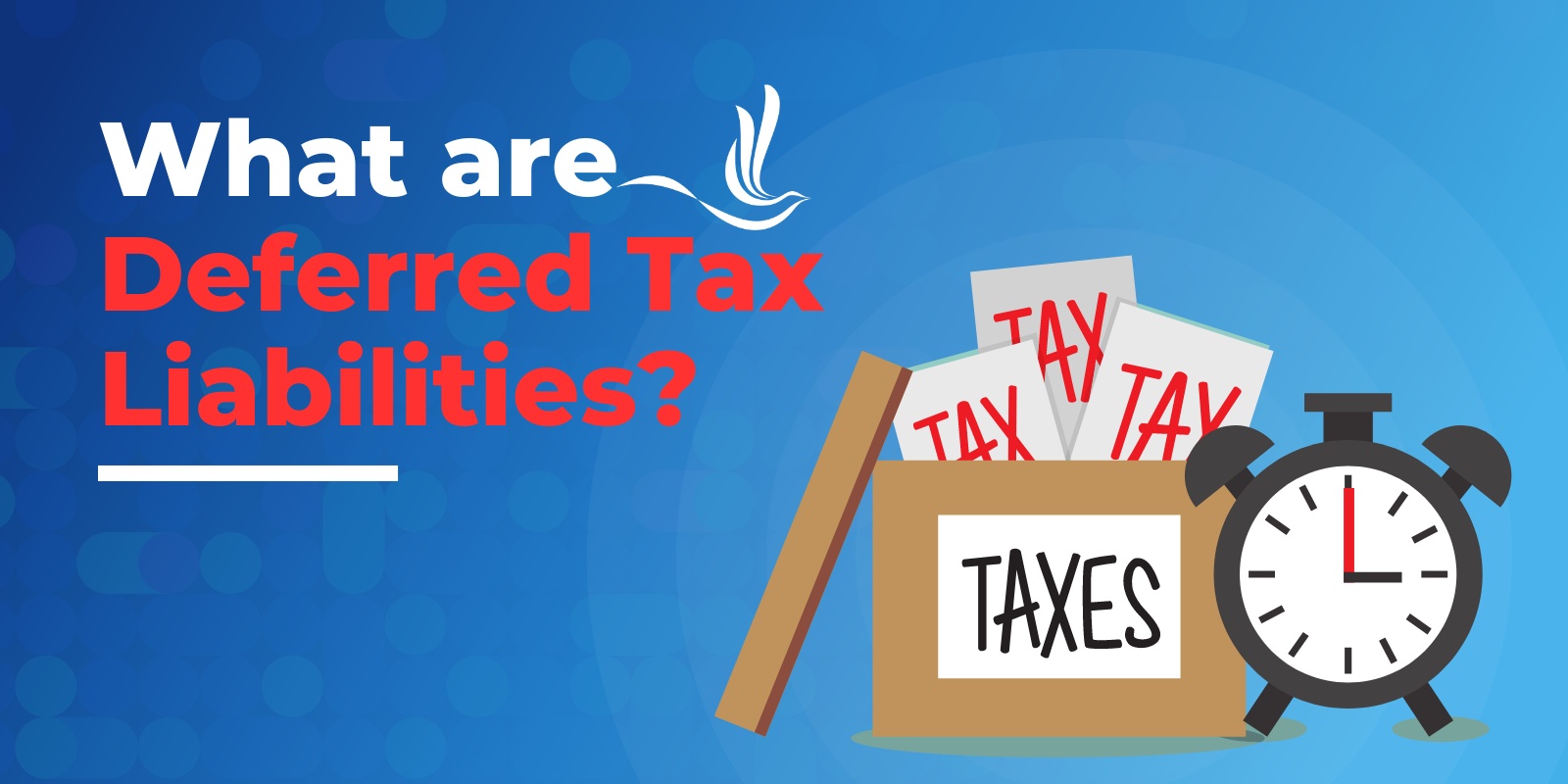
Last week we broke down deferred tax assets and how they can help reduce tax liability. Today, we’re breaking down its counterpart: deferred tax liabilities. But what exactly is a deferred tax liability, and how does it work? Here’s an overview of deferred tax liabilities, how they arise, and their implications for businesses and individuals.
Financial Reporting vs. Tax Reporting
Before diving into deferred tax liabilities, let’s recap how financial reporting differs from tax reporting. Financial reporting tracks information through balance sheets, income statements, and statements of cash flows. These statements give stakeholders a good idea of a company’s financial position, performance, and cash flow. Tax reporting, on the other hand, involves calculating and reporting a business’s taxable income and tax liability to the relevant tax authorities.
Financial reporting focuses on the accrual basis of accounting. This involves revenues and expenses being recognized when earned or incurred, regardless of when cash is received or paid. It aims to provide a comprehensive and long-term view of the financial performance and position of a company. Tax reporting generally follows specific rules related to the timing of revenue and expense recognition for tax purposes. Depending on the tax laws, revenue and expenses may be recognized differently from financial reporting. For example, certain expenses may be deductible for tax purposes when paid. This is even if they are not yet recognized as expenses under financial reporting.
What are deferred tax liabilities?
A deferred tax liability is a type of tax obligation that arises when a company’s taxable income is lower than its financial accounting income. It‘s the income tax that a company will owe in the future, but that‘s not yet due.
How do deferred tax liabilities arise?
Deferred tax liabilities can arise from a variety of situations, such as depreciation of assets, inventory valuation, and deferred revenue. For example, if a company depreciates an asset over a longer period of time for tax purposes than for financial accounting purposes, it may create a deferred tax liability. While the company may have lower taxable income in the short term, it will eventually have to pay more in taxes in the future when it sells the asset.
Another example of a deferred tax liability is when a company has a loss that can be carried forward to offset future taxable income. In this case, the company has a deferred tax liability because it will eventually have to pay taxes on the income that is offset by the loss carryforward.
Should I have deferred tax liabilities?
It’s important to note that deferred tax liabilities are not necessarily a bad thing. In fact, they can be a sign that a company is managing its taxes effectively. However, it’s also important to keep track of these liabilities. Make sure they are paid when they come due. In addition, companies must disclose deferred tax liabilities in their financial statements. This provides transparency and enables stakeholders to assess the entity’s financial health accurately.
Deferred tax liabilities are an essential concept in accounting, representing future tax payments resulting from temporary differences between financial statements and tax returns. Understanding the implications of deferred tax liabilities is crucial for accurate financial reporting, effective tax planning, and managing cash flow. By recognizing and accounting for these liabilities properly, businesses can navigate the complex world of taxation more effectively and optimize their financial performance.
If You Need Tax Help, Contact Us Today for a Free Consultation